|
|
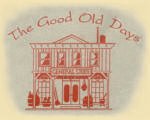 |
Clark County Press, Neillsville, WI October 25, 1995, Page 28A Transcribed by Dolores (Mohr) Kenyon. Index of "Oldies" Articles
|
|
|
 |
Clark County Press, Neillsville, WI October 25, 1995, Page 28A Transcribed by Dolores (Mohr) Kenyon. Index of "Oldies" Articles
|
Good Old Days
Grave markers: the milestones of history
The sky is overcast and gray with wet clouds. In the distance, a raven lets out a mournful call befitting the atmosphere as the hearse drives close to the grave site.
Mourners crowd around the pallbearers as they carry a loved one to his final resting place.
With gifts of flowers and tears, the mourners slowly stream away leaving only the cemetery workers to lower the coffin into the ground.
A simple six foot by four foot by nine foot hole will be the only earthly palace that the deceased will ever know.
For many, the grief of the passing of a loved one will soon end, while for others their memories will live on for years.
At the head of the grave, a monument is erected to preserve the memory of the deceased.
Some markers are humble – wooden slabs carved with the care of a mourning husband or son. Other markers of ornately carved granite or marble mark the graves of those who were pillars in their communities.
••••••••••••••
A walk in the cemetery can yield rich rewards in finding the roots of a community.
••••••••••••••
Regardless of whether they are humble or proud, the markers serve to remind people of those who have gone before.
Since before the pyramids of ancient Egypt people have been erecting monuments to the memory of the dead.
Archeologist studying ancient cultures use these memorials to piece together what people were like and how they lived in ancient times.
Early crypts varied from simple caves with boulders as doors to large earthen mounds in the shape of snakes or birds.
Many times in these ancient societies, it was only the rich who could afford elaborate funeral finery. Commoners and the poor were left at the edge of the villages for hyenas and vultures or they were buried in shallow graves long the banks of the rivers.
As cities grew in size, the customs regarding the dead changed drastically.
The ancient Romans, many archeologists believe, were the first people to establish municipal cemeteries for the burial of the dead. They called these vast cemeteries “necropoli,” meaning cities of the dead.
While many earlier societies practiced inhumation, or the burial of the dead, it was the Romans who opened cemeteries to the masses. As populations increased, the use of graveyards expanded throughout much of the ancient world.
During times of plague or warfare, the large numbers of the dead necessitated the use of mass graves.
While increases in sanitary conditions and customs have changed drastically over time, cemeteries have had few external changes.
Stone monuments still stand in solemn rows marking the passage of time.
Modern cemeteries are the hidden history books for communities. In the crooked rows of stone sentinels, lie the keys to understanding the unique qualities that each community possesses.
In the United States, more so than anywhere else in the world, the blending of “old world” cultures and traditions can be seen.
In many instances, the family plots in graveyards are among the most interesting.
Children who died in infancy are buried next to parents and grandparents.
Entire generations of families lay side by side – giving testimony to their silent histories.
Nearby, lay the regimented rows of simple white slabs marking the graves of those who paid the highest price for their country.
The oldest grave stones in a nearby cemetery, such as the Neillsville Municipal Cemetery, might be in German while newer grave stones will be in English. Often the family names themselves will change, dropping letters and simplifying spelling as the ties to the “old country” break down.
Grave markers also mark the rate of medical advances. In older portions of graveyards there are few who lived passed (past) the age of 60, while now that is the more common sight.
A walk in the cemetery can yield rich rewards in finding the roots of a community.
Sadly, the monuments erected to preserve memories for all time, are swiftly fading away. Time and weather has made many of the oldest graves unreadable.
According to Neillsville’s Cemetery Sexton, Darrell, the older grave markers were carved from sandstone or in some cases wood, both of which are very prone to weathering. Modern grave markers, he said, are usually made of granite.
Likewise the way in which the dead are buried has changed dramatically.
“When I started working at the cemetery we dug the graves with a pick-ax and shovel the night before, now we use a back- hoe,” he said.
Just as the ways graves are marked has changed, the graveyards themselves are changing.
In the past few decades, there has been an increase in the number of people who are being cremated. For many, cremation offers a cheaper alternative to the rising funeral costs.
Space in many graveyards is limited, especially near large cities. Many of those cemeteries have built large mausoleums which are honey-combed with the tombs of the dead.
Regardless of what happens in the big city cemeteries, the small rural and community cemeteries offer a fascinating and unique glimpse into an area’s past.
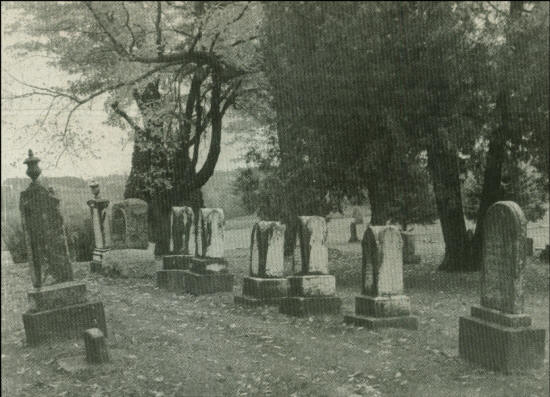 |
Leaning, moss-covered gravestones mark the oldest portions of many cemeteries. As the ground freezes and thaws, the gravestones are tilted. Many of the older gravestones, like these at the Neillsville cemetery, are brittle and will break if they are moved.
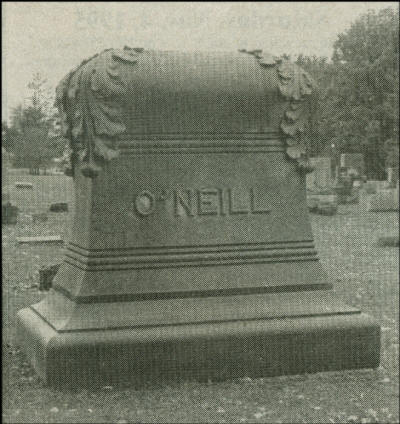 |
Most gravestones are similar to this O’Neill marker and are stately and dignified.
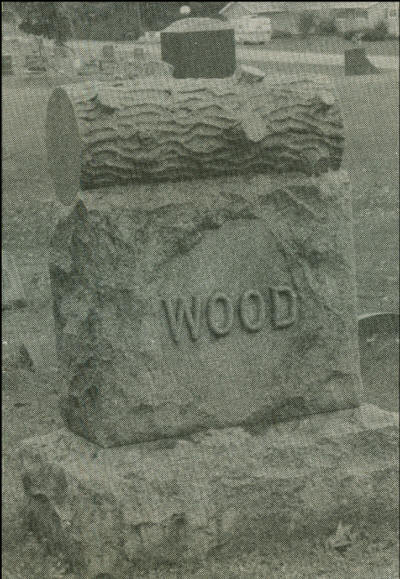 |
Other gravestones such as this Wood gravestone take a humorous bent to the hereafter.
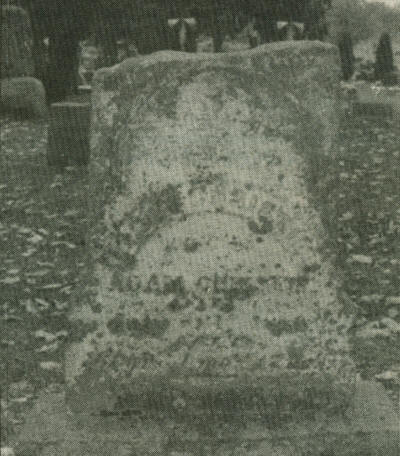 |
At the Neillsville cemetery, weather and time are taking their toll on the oldest gravestones making many such as this one unreadable.
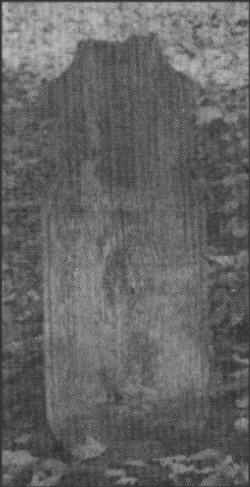 |
This wooden grave marker from the Neillsville cemetery is inscribed with a German funeral prayer. After nearly 100 years, weather has made it virtually unreadable.
(Photos and text by Brian Wilson)
|
© Every submission is protected by the Digital Millennium Copyright Act of 1998.
Show your appreciation of this freely provided information by not copying it to any other site without our permission.
Become a Clark County History Buff
|
|
A site created and
maintained by the Clark County History Buffs
Webmasters: Leon Konieczny, Tanya Paschke, Janet & Stan Schwarze, James W. Sternitzky,
|